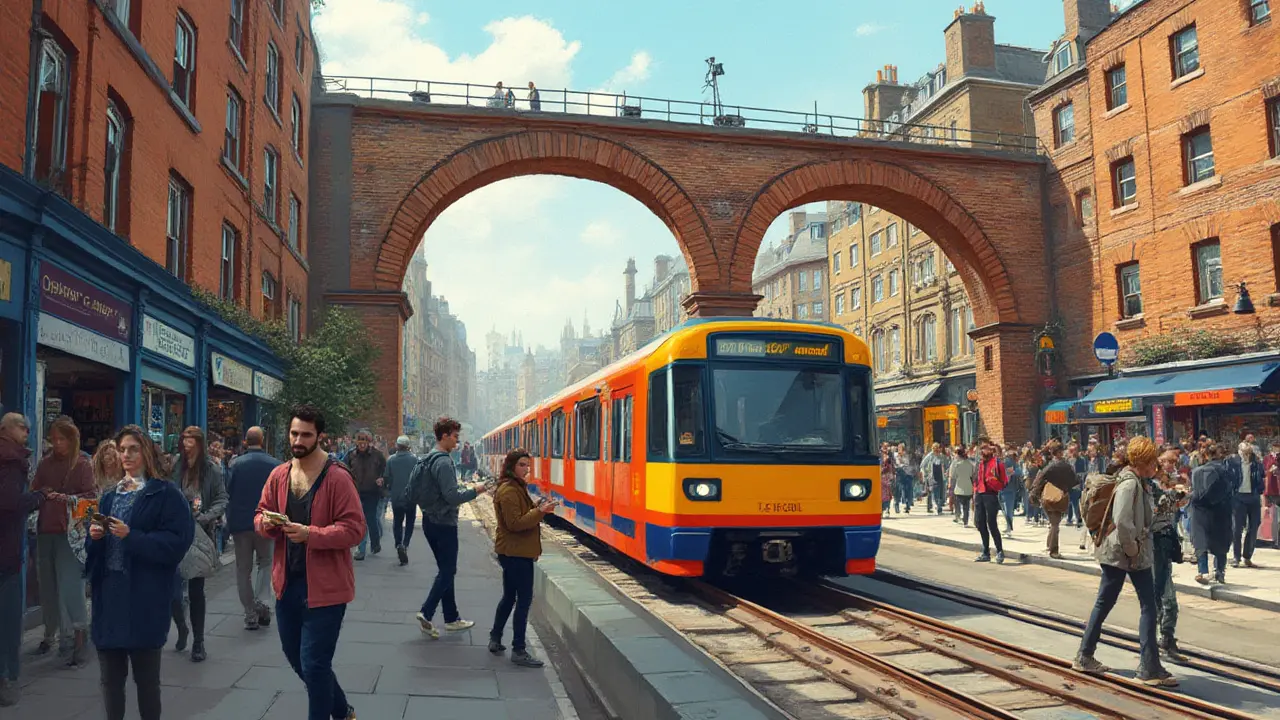Commuting in London: Simple Tips for a Stress‑Free Daily Journey
If you spend mornings squeezed on a train or evenings stuck in traffic, you’re not alone. London’s transport network is huge, but it can feel chaotic without a game plan. Below are real‑world tips that let you move faster, spend less, and actually enjoy the ride.
Choosing the Right Mode of Transport
First, decide whether the tube, bus, bike, or a hybrid approach works best for your route. The tube is fastest for long distances, but during rush hour it fills up fast. If you’re traveling under 5 miles, a bus might give you a seat and a view of the city. Apps like Citymapper show live crowd levels, so you can pick the least crowded line in seconds.
Bike‑share schemes such as Santander Cycles are perfect for short hops across town. You can dock a bike near your office and pick one up near home, avoiding ticket queues altogether. For longer trips, consider the Docklands Light Railway (DLR) – it’s often less crowded than the tube and runs on a separate track.
Don’t forget the Overground and Thames Clippers river service. They slice through central congestion and usually have more space during peak times. A quick glance at the TfL live board tells you which option has the shortest wait.
Money‑Saving Tricks & Time Hacks
Invest in an Oyster card or use contactless payment. It automatically caps your fare, so you never overpay. If you travel every day, a 7‑day or monthly travelcard can shave tens of pounds off your expenses.
Plan ahead with a “reverse commute” strategy. Many workers leave the city earlier than they return, catching lighter trains on the way back. Shifting your schedule by even 15 minutes can mean a seat instead of a standing crush.Use off‑peak tickets for flexible jobs. The tube offers cheaper fares after 9:30 am and before 4:00 pm. Pair this with a morning coffee near the station, and you turn a crowded commute into a relaxed start.
Finally, download the TfL “Journey Planner” and set alerts for service disruptions. A sudden line closure can add 20 minutes to your trip; the app will reroute you instantly, saving both time and frustration.
With these habits, commuting becomes less of a chore and more of a routine you can manage. Try one tip at a time, track how it changes your day, and keep tweaking. London’s network is massive, but a smart plan makes it feel like your personal shortcut system.
- Tabitha Greenwood
- July 19, 2025
- Comments 0

